Home>Furniture>Outdoor Furniture>What To Look For In Patio Furniture
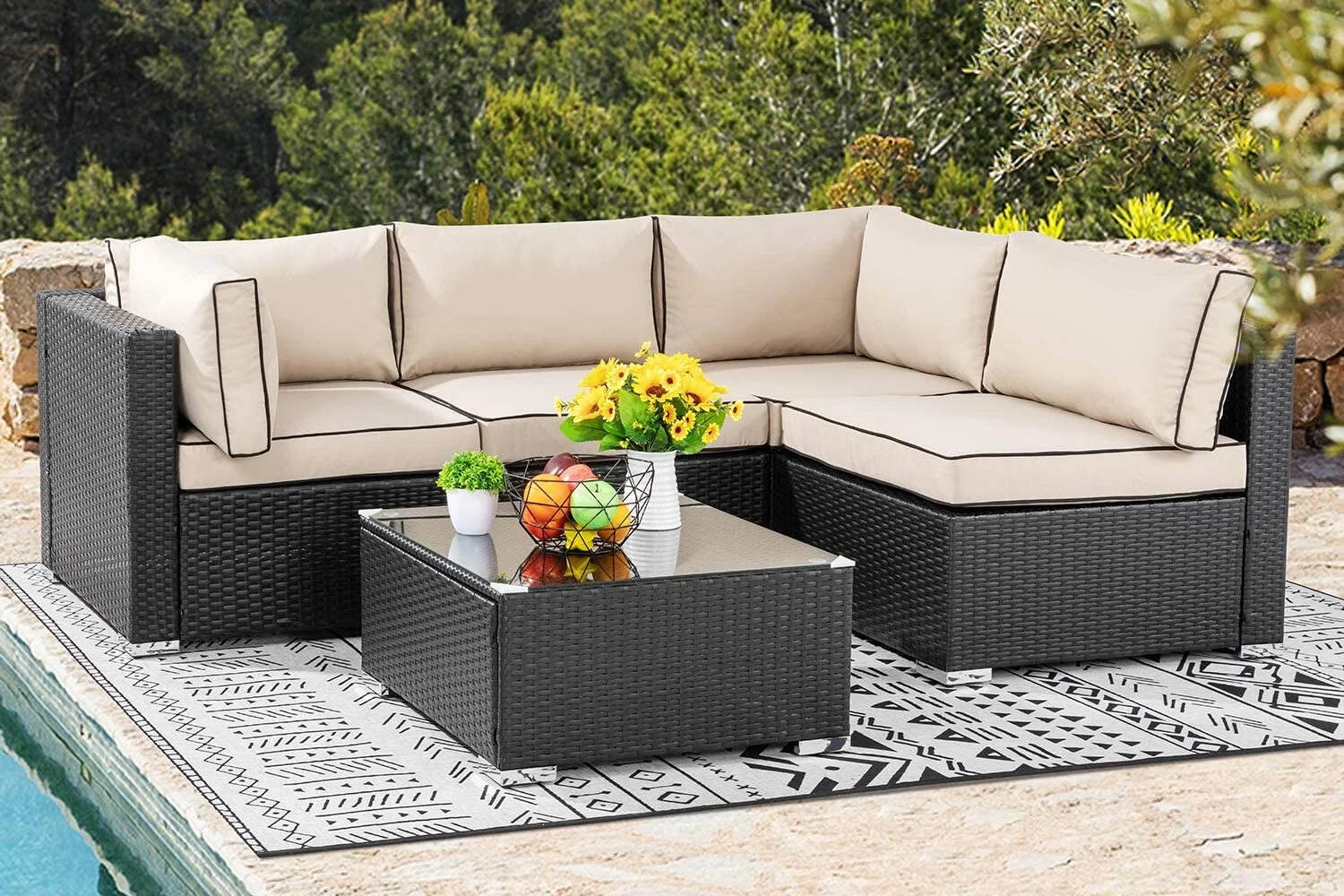

Outdoor Furniture
What To Look For In Patio Furniture
Modified: August 28, 2024
Discover what to look for in high-quality outdoor furniture that will enhance your patio. Explore durable materials, weather resistance, and stylish design.
(Many of the links in this article redirect to a specific reviewed product. Your purchase of these products through affiliate links helps to generate commission for Storables.com, at no extra cost. Learn more)
Introduction
When it comes to creating a perfect outdoor living space, patio furniture plays a crucial role. Whether you are lounging by the pool, hosting a backyard barbecue, or simply enjoying a cup of coffee on your patio, having the right furniture can make all the difference in terms of comfort, style, and functionality. However, with so many options available on the market, choosing the perfect patio furniture can be a daunting task.
In this article, we will explore the key factors to consider when selecting outdoor furniture for your patio. By paying attention to these factors, you will not only maximize your enjoyment but also ensure that your furniture withstands the elements and lasts for years to come.
So, let’s dive in and discover what to look for in patio furniture.
Key Takeaways:
- Choose patio furniture made from durable materials like aluminum, teak, or wrought iron to withstand the elements and last for years. Look for sturdy construction and available replacement parts for long-term enjoyment.
- Prioritize comfort by selecting patio furniture with thick cushions, ergonomic designs, and adjustable features. Consider your personal style and space to create a welcoming outdoor oasis.
Read more: What Is Balcony Height Patio Furniture
Durability
One of the most important factors to consider when selecting patio furniture is durability. After all, outdoor furniture is constantly exposed to the elements – from scorching sun to heavy rain and everything in between. Therefore, you want furniture that can withstand these conditions and remain in good condition over time.
When assessing the durability of patio furniture, pay attention to the materials used. Opt for furniture made from materials that are known for their strength and resilience, such as aluminum, teak, or wrought iron. These materials are resistant to rust, corrosion, and fading, ensuring that your furniture will retain its beauty even after prolonged exposure to harsh weather.
Additionally, consider the construction of the furniture. Look for sturdy frames, reinforced joints, and solid hardware that can withstand heavy use and provide stability. It’s also a good idea to check if the furniture comes with a warranty, as this is often an indicator of the manufacturer’s confidence in its durability.
Another aspect of durability to consider is the availability of replacement parts. Accidents do happen, and there may come a time when a part of your patio furniture needs to be replaced. Choosing a brand or model that offers readily available replacement parts can save you from having to replace the entire set in the event of damage.
In summary, prioritize durability when selecting patio furniture by choosing materials known for their strength, examining the construction of the furniture, and considering the availability of replacement parts. By doing so, you can ensure that your investment will withstand the test of time and provide you with years of enjoyment.
Material
The choice of material for your patio furniture not only affects its durability but also its overall aesthetic appeal. There are various materials available, each with its own advantages and considerations. Let’s explore some popular options:
- Wicker: Wicker furniture, often made from rattan or synthetic resin, is a popular choice for outdoor spaces. It offers a natural and timeless look and can withstand different weather conditions. However, it may require occasional cleaning and re-sealing to maintain its appearance.
- Metal: Metal, such as aluminum or wrought iron, is highly durable and can add a modern touch to your patio. Aluminum is lightweight and resistant to rust, while wrought iron is sturdy and has a classic appeal. However, metal furniture can get hot under direct sunlight or cold in cooler temperatures, so consider adding cushions for comfort.
- Wood: Wood furniture, especially teak or cedar, lends a warm and natural feel to outdoor spaces. These woods are naturally resistant to decay, insects, and rot, making them ideal for outdoor use. However, wood furniture may require periodic maintenance, such as staining or sealing, to extend its lifespan and prevent fading.
- Plastic: Plastic furniture is lightweight, affordable, and easy to clean. It comes in a variety of colors and styles, making it a versatile choice. However, plastic furniture may not be as durable as other materials and can fade or become brittle over time.
- Resin: Resin furniture is made from a synthetic material that mimics the look of natural materials like wicker or wood. It is durable, weather-resistant, and low maintenance, making it a popular choice for outdoor furniture.
When selecting the material for your patio furniture, consider the climate in your area, the level of maintenance you are willing to undertake, and your personal style preference. Ultimately, choose a material that suits your needs and complements the overall design of your outdoor space.
Comfort
When it comes to outdoor furniture, comfort is key. After all, you want to create a space where you can relax and unwind. Here are a few factors to consider when assessing the comfort of patio furniture:
- Cushions: Look for furniture that comes with thick and comfortable cushions. The cushions should be made with high-quality foam or padding that retains its shape and offers sufficient support. Removable and washable cushion covers are also a practical feature, as they allow for easy cleaning and maintenance.
- Ergonomics: Consider the ergonomics of the furniture. Look for chairs and lounge pieces that have contoured and supportive designs, allowing you to comfortably sit or recline for extended periods. Pay attention to the height of the chairs and the angle of the backrest to ensure optimal comfort.
- Adjustability: If you want to customize your seating experience, consider furniture with adjustable features. This could include reclining backs, extendable footrests, or adjustable-height tables. Having the ability to adapt your furniture to your specific comfort needs can greatly enhance your outdoor relaxation experience.
- Size: Take into account the size of the furniture in relation to your own body dimensions. Oversized chairs or deep seating sets may be more comfortable for taller individuals, while smaller and more compact pieces are suitable for smaller spaces or those with mobility concerns.
- Test it out: Whenever possible, try out the furniture in person before making a purchase. Sit on the chairs, lie on the loungers, and test the comfort level for yourself. This will give you a better idea of how the furniture feels and whether it meets your personal comfort preferences.
Remember that comfort is subjective, and what works for one person may not work for another. Take the time to consider your personal comfort needs and preferences when selecting patio furniture. By prioritizing comfort, you can create a relaxing and inviting outdoor space that you and your guests will enjoy for hours on end.
Style
When it comes to patio furniture, style is an important consideration. Your outdoor space should reflect your personal taste and blend seamlessly with the overall aesthetic of your home. Here are a few tips to help you choose furniture that matches your style:
- Consider your home’s architecture: Take cues from the architectural style of your home. If you have a modern or contemporary house, sleek and minimalistic furniture may be the best fit. For traditional or rustic homes, opt for furniture with classic or natural designs.
- Think about the overall theme: Decide on the overall theme or vibe you want for your outdoor space. Are you going for a tropical paradise, a cozy cottage retreat, or a sleek urban oasis? Look for furniture that complements and enhances your chosen theme.
- Color and finish: Consider the color palette and finish of the furniture. Neutral tones like gray, black, or white are versatile and can easily blend with different styles. However, don’t be afraid to add pops of color or bold patterns to inject personality and create visual interest.
- Coordinating accessories: Don’t forget about the accessories! Outdoor rugs, throw pillows, and umbrellas can add a finishing touch and tie the whole look together. Choose accessories that complement the style and colors of your furniture for a cohesive and polished outdoor space.
- Mix and match: Don’t feel restricted to sticking to one specific style. Mixing different materials, textures, and designs can create an eclectic and unique look. Just be mindful of maintaining a sense of balance and cohesion in your selection.
Remember that the style of your patio furniture should not only be visually appealing but also functional. Consider how the furniture will be used and the activities you intend to do in your outdoor space. For example, if you love hosting outdoor dinners, a dining set with ample seating and a spacious table may be more suitable for your needs.
Ultimately, choosing patio furniture that reflects your personal style will not only enhance the visual appeal of your outdoor space but also create a welcoming atmosphere that you and your guests will enjoy.
When looking for patio furniture, consider the material it’s made of. Look for durable options like aluminum, teak, or all-weather wicker to ensure it can withstand outdoor conditions.
Maintenance
When selecting patio furniture, it’s important to consider the level of maintenance required to keep it in good condition. Outdoor furniture is exposed to various elements, such as sunlight, rain, and dirt, which can affect its appearance and longevity. Here are some maintenance considerations to keep in mind:
- Cleaning: Determine how easy or difficult it is to clean the furniture. Some materials, like plastic or aluminum, can be easily wiped down with a damp cloth, while others may require more intensive cleaning. Look for furniture with smooth surfaces and removable cushions for hassle-free cleaning.
- Protective measures: Consider whether the furniture requires any protective measures to maintain its condition. For example, wood furniture may need to be sealed or treated periodically to prevent warping or fading. Some materials may also benefit from using protective covers during harsh weather conditions.
- Storage: Think about the storage options for your patio furniture during the off-season or when not in use. Will you have adequate space in your garage or shed to store the furniture? If not, look for furniture that is lightweight and easy to stack or fold for convenient storage.
- Warranty: Check if the furniture comes with a warranty or guarantee. This can provide peace of mind and ensure that you are covered in case of any defects or damages that require repair or replacement.
- Regular maintenance: Keep in mind that all outdoor furniture requires some level of regular maintenance to prolong its lifespan. This may include inspecting the furniture for any signs of damage, tightening screws or bolts, and performing any necessary repairs.
By understanding the maintenance needs of your patio furniture, you can make an informed decision based on the amount of time and effort you are willing to invest in its care. Choosing low-maintenance materials or furniture with protective finishes can significantly reduce the time and energy required for upkeep.
Remember to refer to the manufacturer’s instructions and recommendations for maintenance and care specific to your chosen furniture. By following these guidelines, you can ensure that your patio furniture stays in great condition and retains its beauty for years to come.
Size and Space
Considering the size and space available on your patio is crucial when selecting outdoor furniture. Here are some factors to keep in mind:
- Measurements: Take accurate measurements of your patio to determine the available space. Consider the dimensions of the furniture you are interested in and ensure that it will fit comfortably in the allocated area, leaving enough room for movement and other elements like plants or decor.
- Layout: Plan the layout of your patio furniture based on the intended use of the space. If you enjoy dining outdoors, prioritize a designated dining area with enough space for a table and chairs. If relaxation is your goal, consider a seating area with sofas, lounge chairs, or a hammock.
- Purpose: Determine how you want to use the patio furniture. Are you looking to entertain guests or create a cozy retreat for yourself? Understanding the purpose will help you choose the right furniture pieces and arrange them in a way that maximizes functionality and comfort.
- Multifunctional options: If you have limited space, consider furniture that offers multifunctional features. For example, a dining table with built-in storage or expandable sections can save space when not in use. Stackable chairs or foldable loungers are also great options for easy storage.
- Aesthetics: Ensure that the size and scale of the furniture align with the overall aesthetic of your outdoor space. Large, bulky furniture might overwhelm a small patio, while small pieces may get lost in a spacious area. Aim for a harmonious balance between the size of the furniture and the scale of the space.
Don’t forget to consider the pathways and traffic flow on your patio. Leave sufficient space for easy movement around the furniture, especially if you have a pool or other recreational features in the area.
By carefully considering the size and space available, you can select patio furniture that fits proportionally and enhances the functionality and visual appeal of your outdoor living area.
Price
Price is an important consideration when it comes to purchasing patio furniture. Your budget will play a significant role in determining the type and quality of furniture you can afford. Here are some factors to consider when it comes to the price of outdoor furniture:
- Set a budget: Determine how much you are willing to spend on patio furniture. It’s important to set a realistic budget that aligns with your financial capabilities and priorities. This will help you narrow down your options and focus on furniture within your price range.
- Quality vs. price: Consider the quality of the furniture in relation to its price. While it may be tempting to opt for the cheapest option available, keep in mind that lower-priced furniture often lacks durability and longevity. It’s worth investing in higher-quality furniture that will not only last longer but also provide better comfort and performance.
- Sales and discounts: Keep an eye out for sales, discounts, and promotions from outdoor furniture retailers. This can be an excellent opportunity to get high-quality furniture at a more affordable price. Sign up for newsletters or follow stores on social media to stay informed about any special offers.
- Comparison shopping: Take the time to compare prices and options from different retailers. Online shopping makes it easy to compare prices and read reviews. Don’t forget to consider additional costs like delivery fees or assembly charges when comparing prices.
- Consider long-term costs: While it’s essential to stay within your budget, also think about the long-term costs of maintaining or replacing cheaply made furniture. Investing a little more upfront in durable and high-quality furniture can save you money in the long run as you won’t have to replace it as frequently.
Remember that price should not be the sole determining factor when selecting patio furniture. It’s essential to strike a balance between budget and quality to ensure you get furniture that meets your needs and offers good value for money.
By considering your budget, comparing prices, and keeping an eye out for discounts, you can find patio furniture that fits your financial constraints without compromising on quality and functionality.
Conclusion
Choosing the right patio furniture is essential for creating a comfortable, stylish, and functional outdoor living space. By considering factors such as durability, material, comfort, style, maintenance, size and space, and price, you can make an informed decision that meets your needs and preferences.
When it comes to durability, opt for furniture made from resilient materials like aluminum, teak, or wrought iron that can withstand the elements. Consider the maintenance requirements of the furniture and choose materials and finishes that align with your preferences and available time for upkeep.
Comfort should not be overlooked, as it greatly impacts your enjoyment of your outdoor space. Look for furniture with thick, comfortable cushions and ergonomic designs that support your body. Adjustable features can also enhance your comfort experience.
Style plays a significant role in creating an inviting outdoor atmosphere. Consider the architectural style of your home, the overall theme you want to achieve, and the colors and finishes that best complement your outdoor space. Don’t be afraid to mix and match different styles and materials for a unique look.
Finally, size and space are important considerations to ensure that your furniture fits proportionally and allows for easy movement and functionality. Measure your patio, plan the layout, and choose furniture that suits the available space and your intended use.
While setting a budget is important, prioritize quality and long-term value over the lowest price. Invest in furniture that is built to last and offers good durability and comfort. Keep an eye out for sales and discounts to get the best deal possible.
In conclusion, by considering these factors and striking a balance between your needs, preferences, and budget, you can select patio furniture that not only enhances the beauty of your outdoor space but also provides you with years of enjoyment and relaxation.
Frequently Asked Questions about What To Look For In Patio Furniture
Was this page helpful?
At Storables.com, we guarantee accurate and reliable information. Our content, validated by Expert Board Contributors, is crafted following stringent Editorial Policies. We're committed to providing you with well-researched, expert-backed insights for all your informational needs.


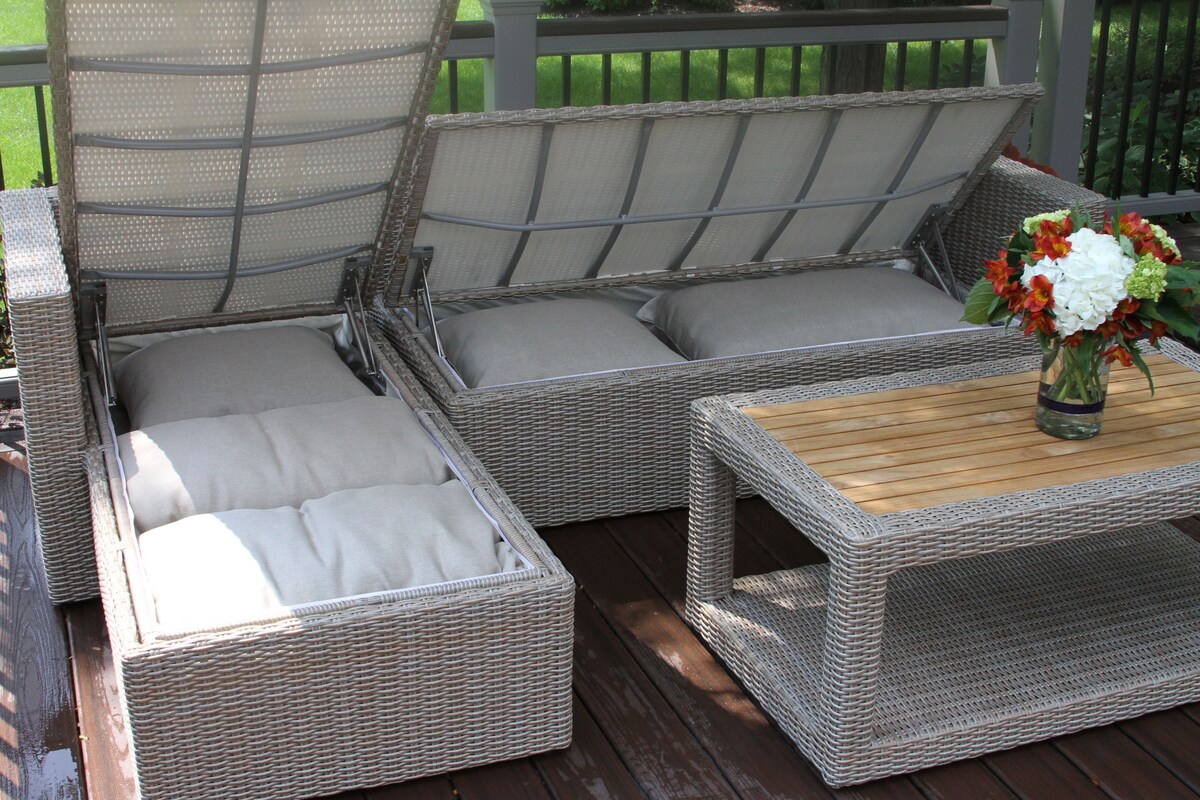
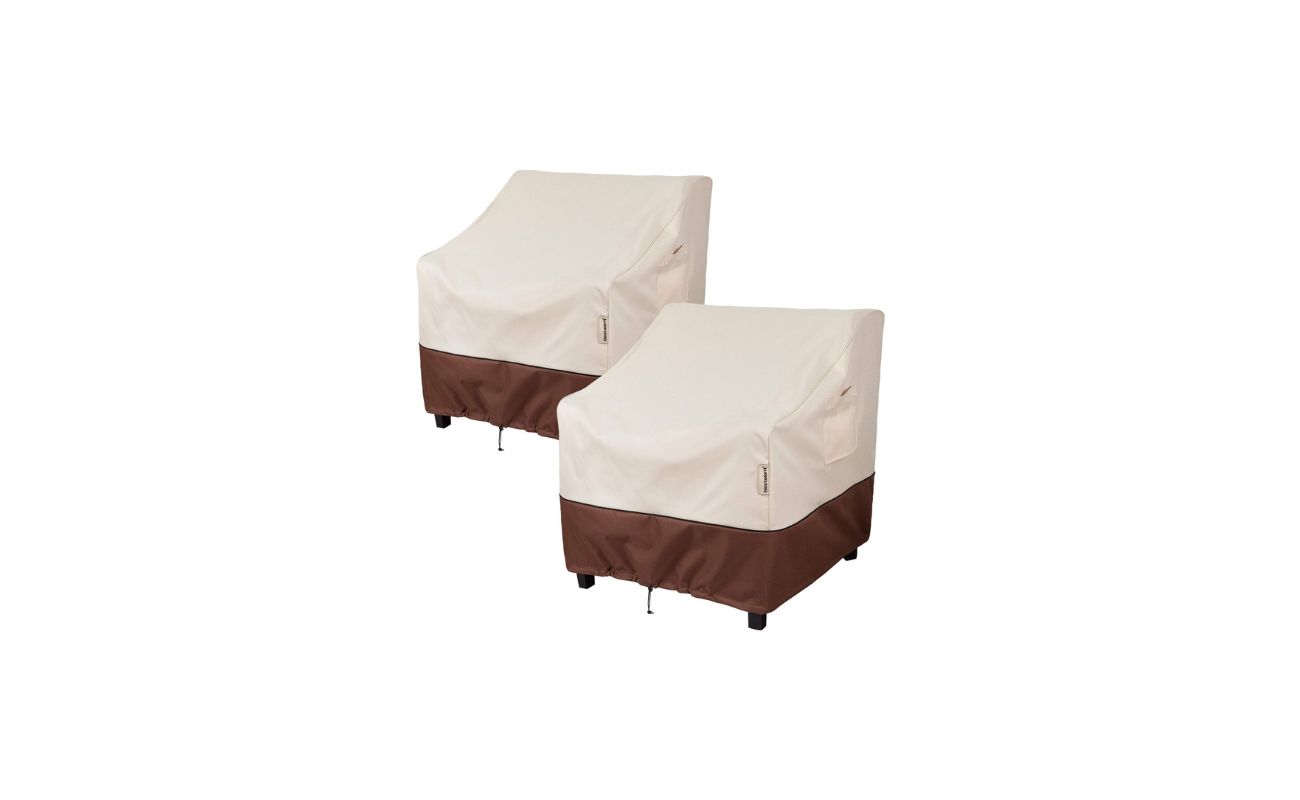
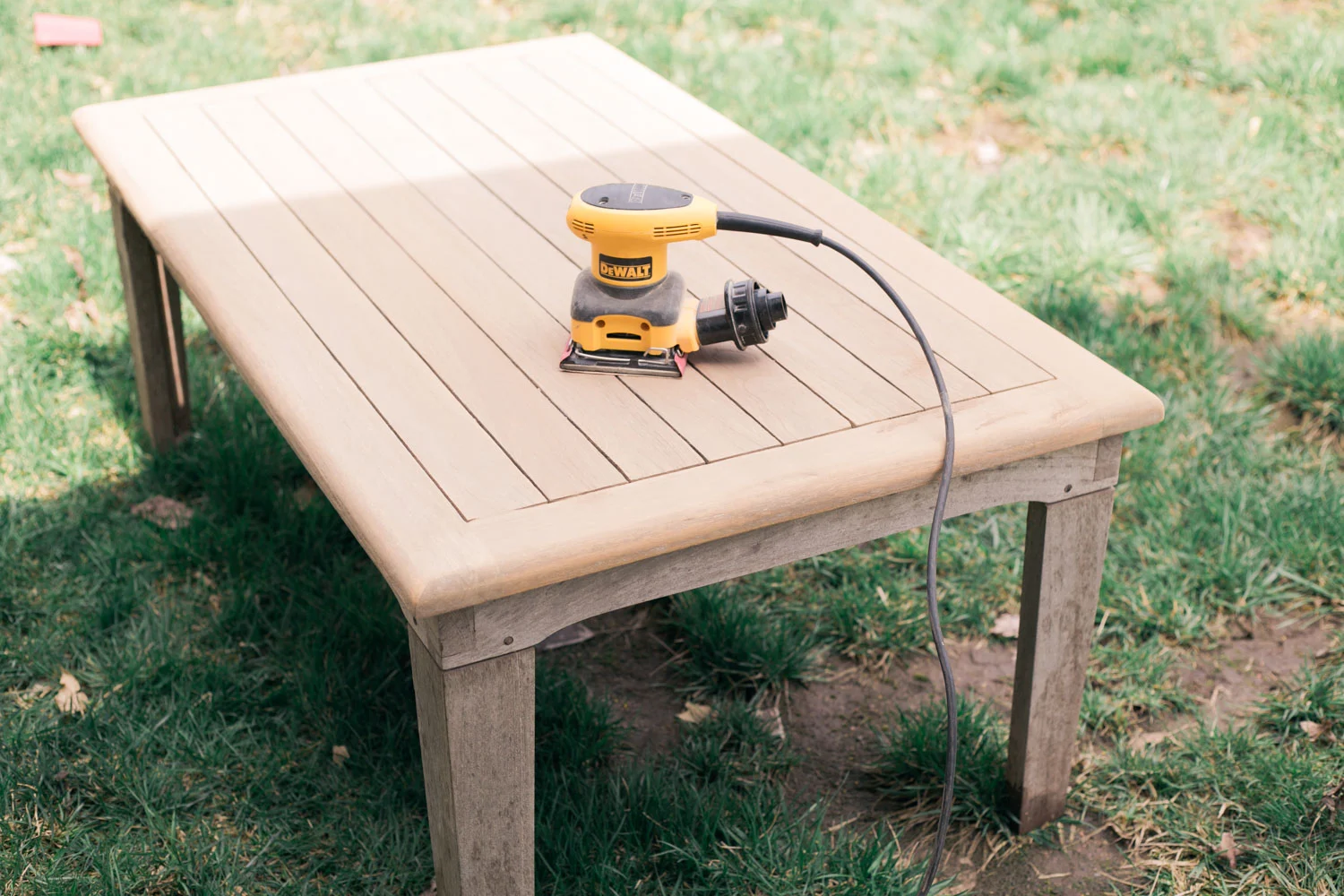
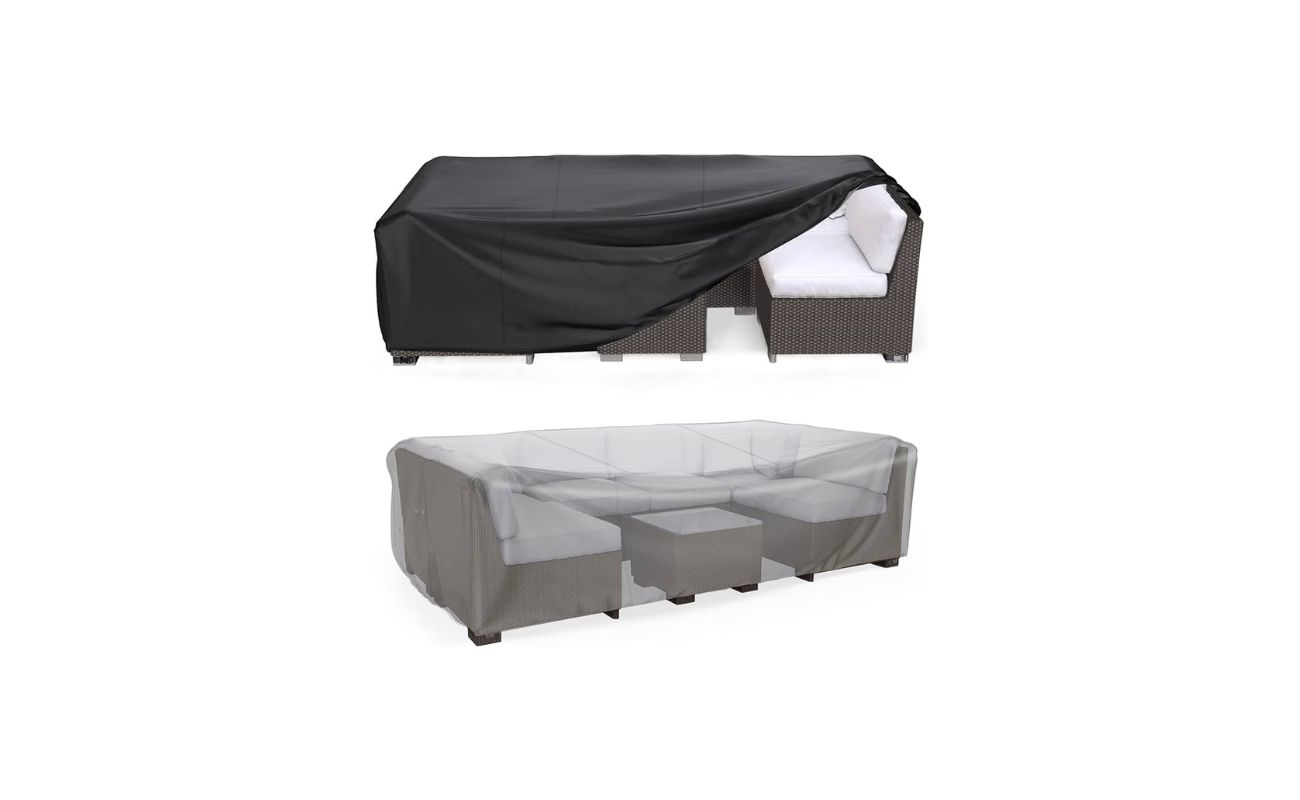
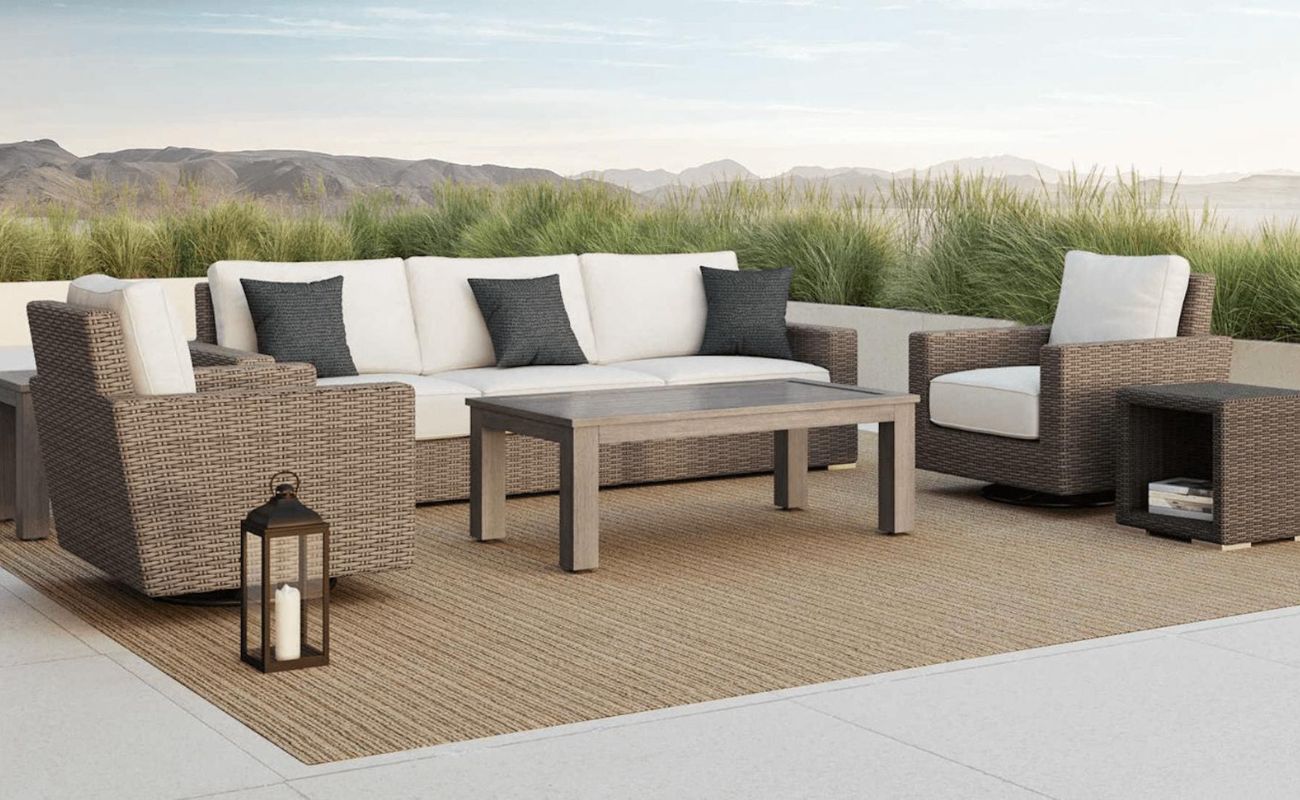
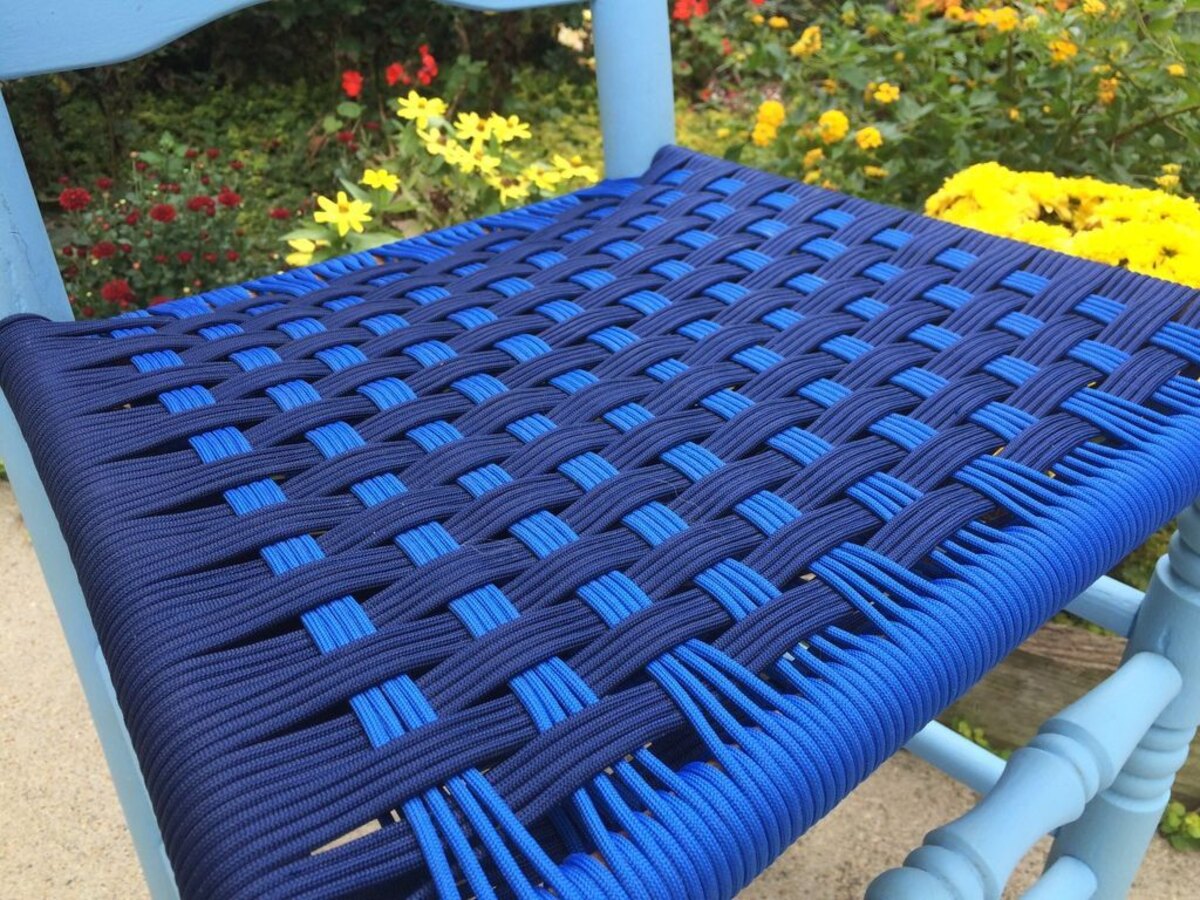
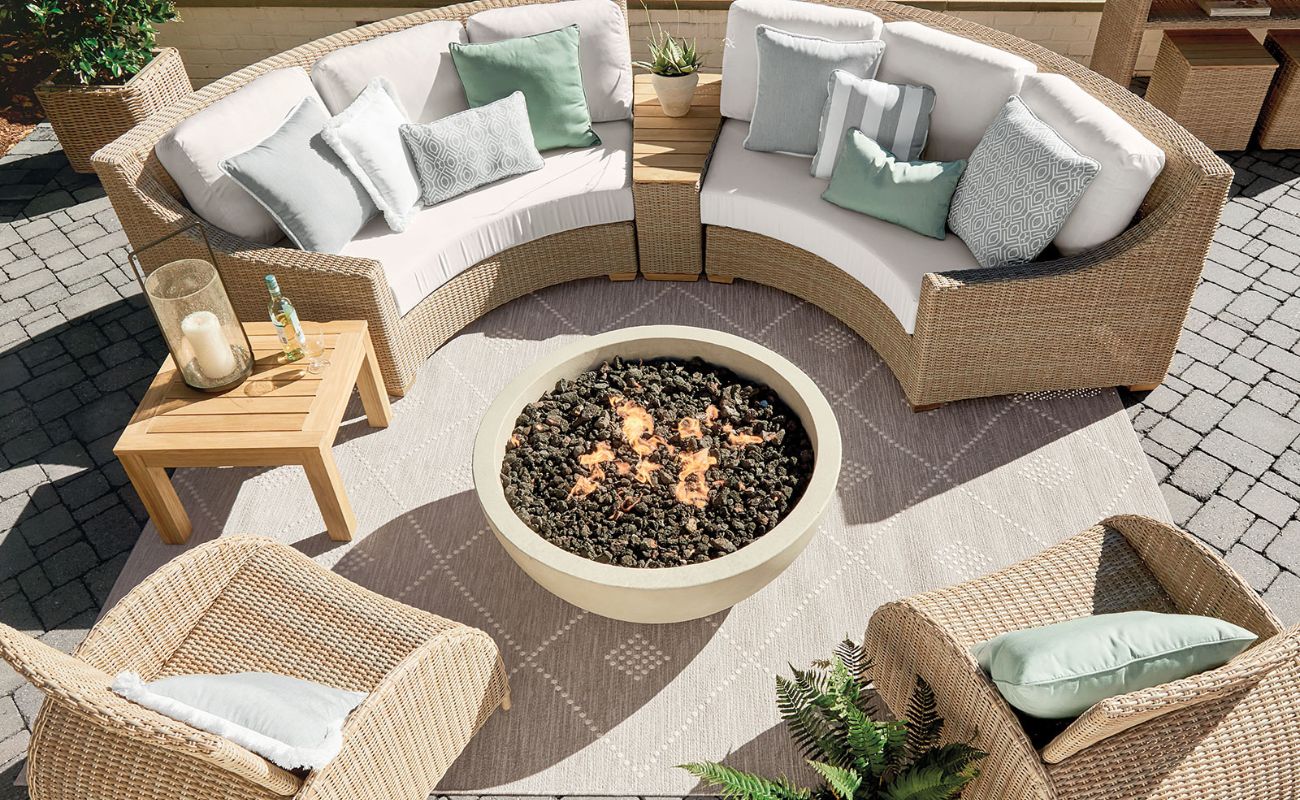

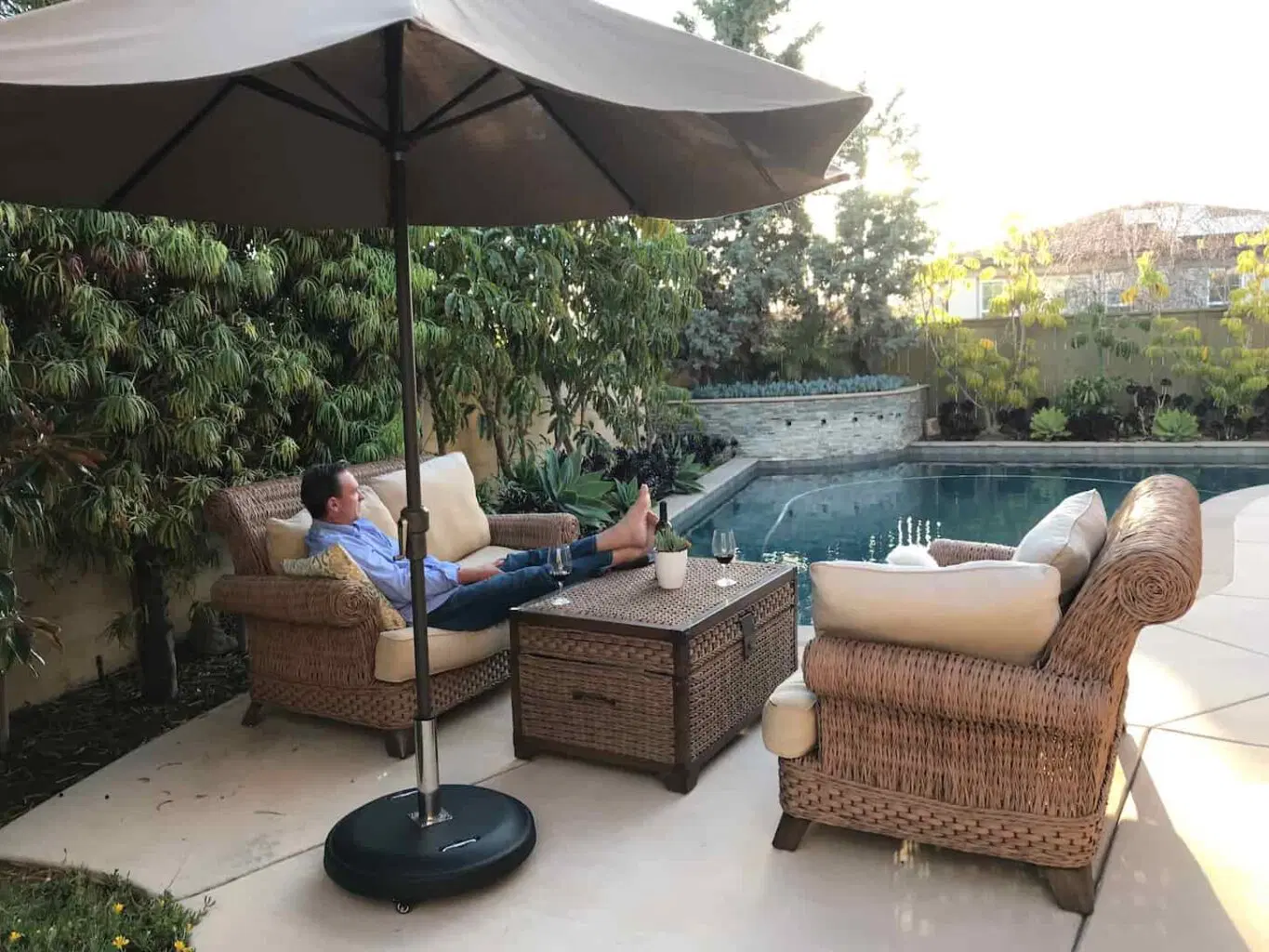
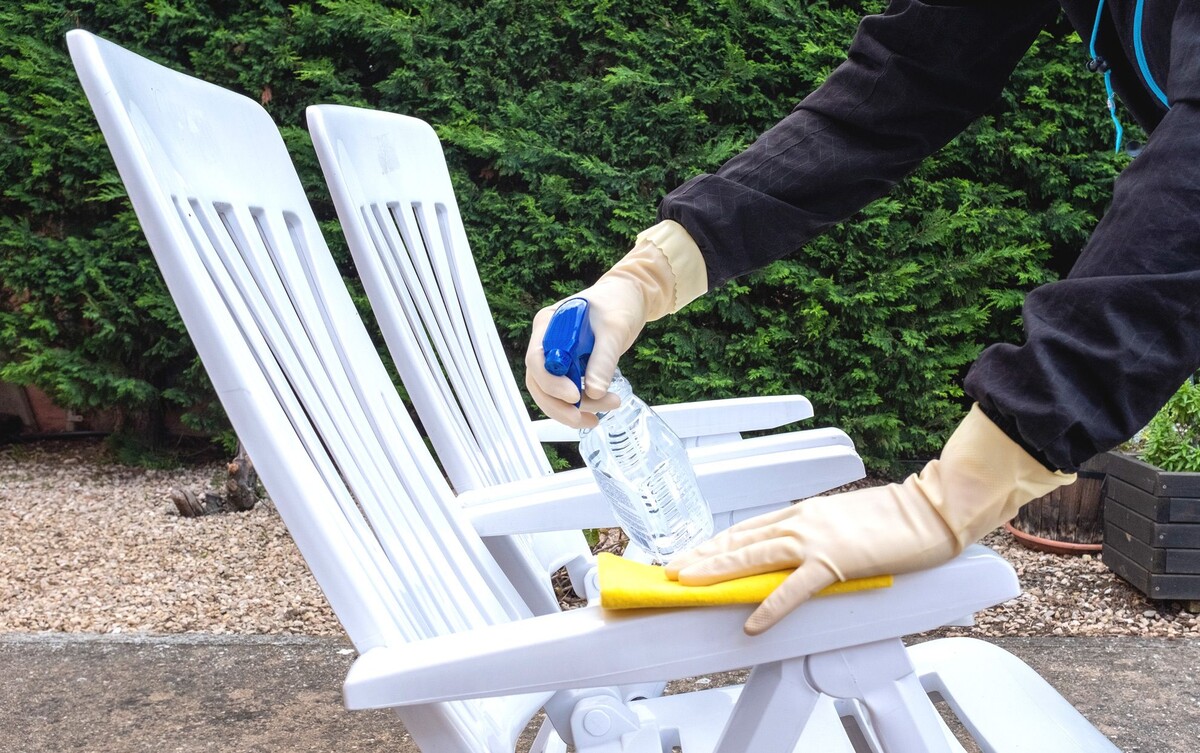
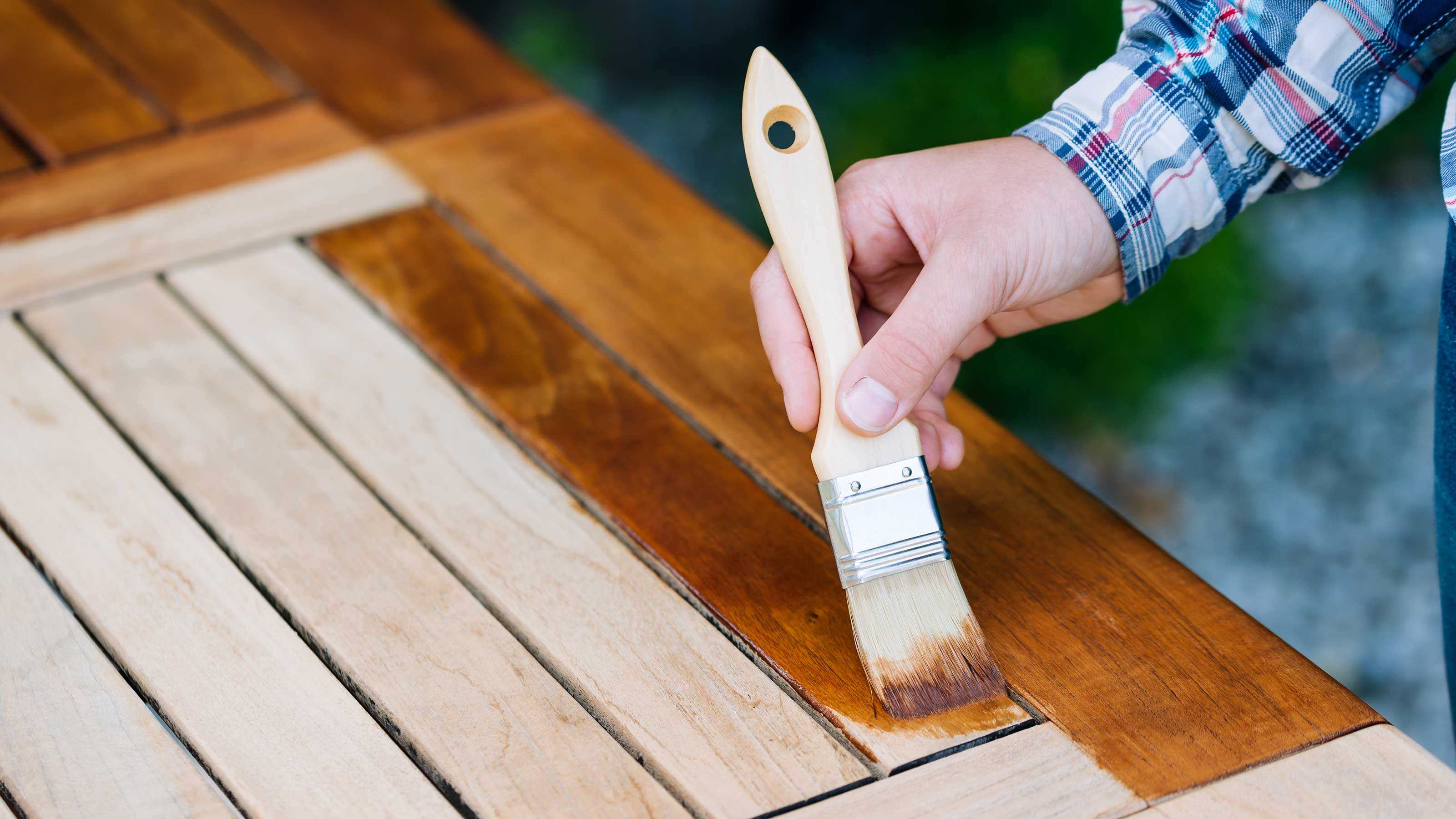
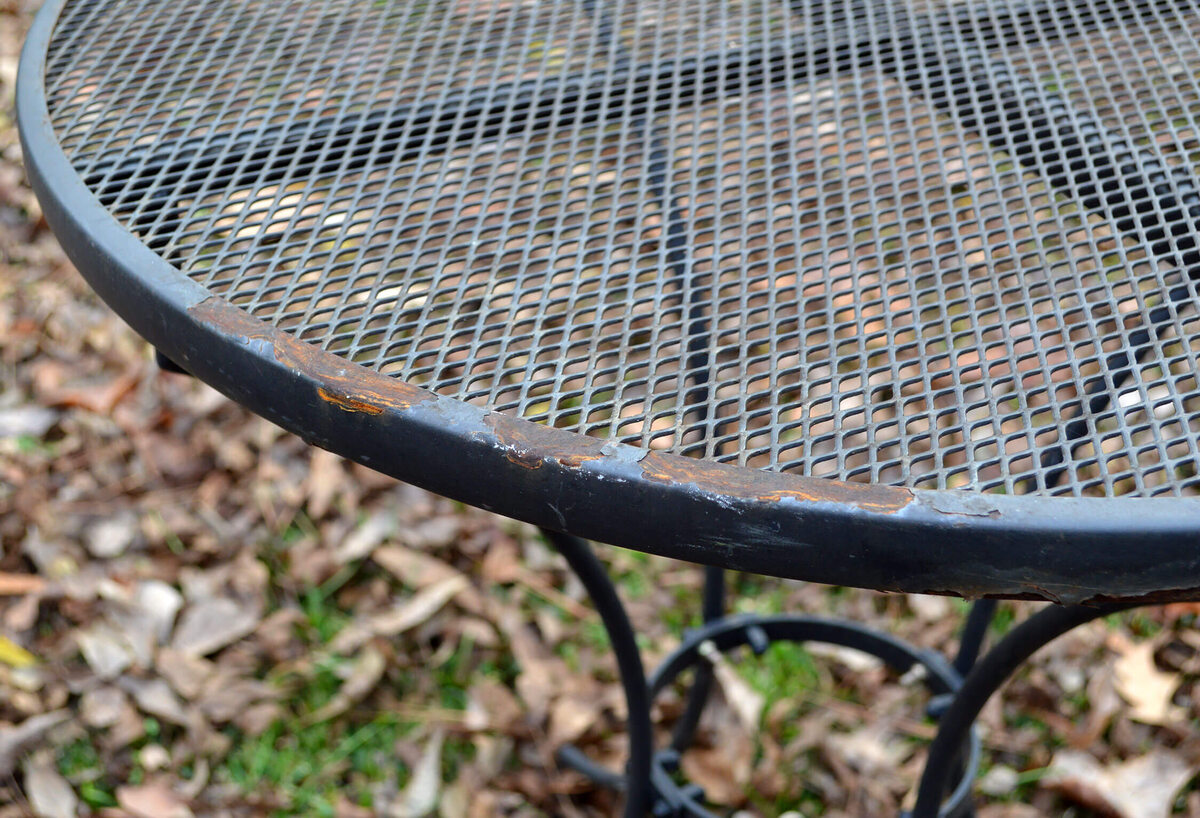

0 thoughts on “What To Look For In Patio Furniture”